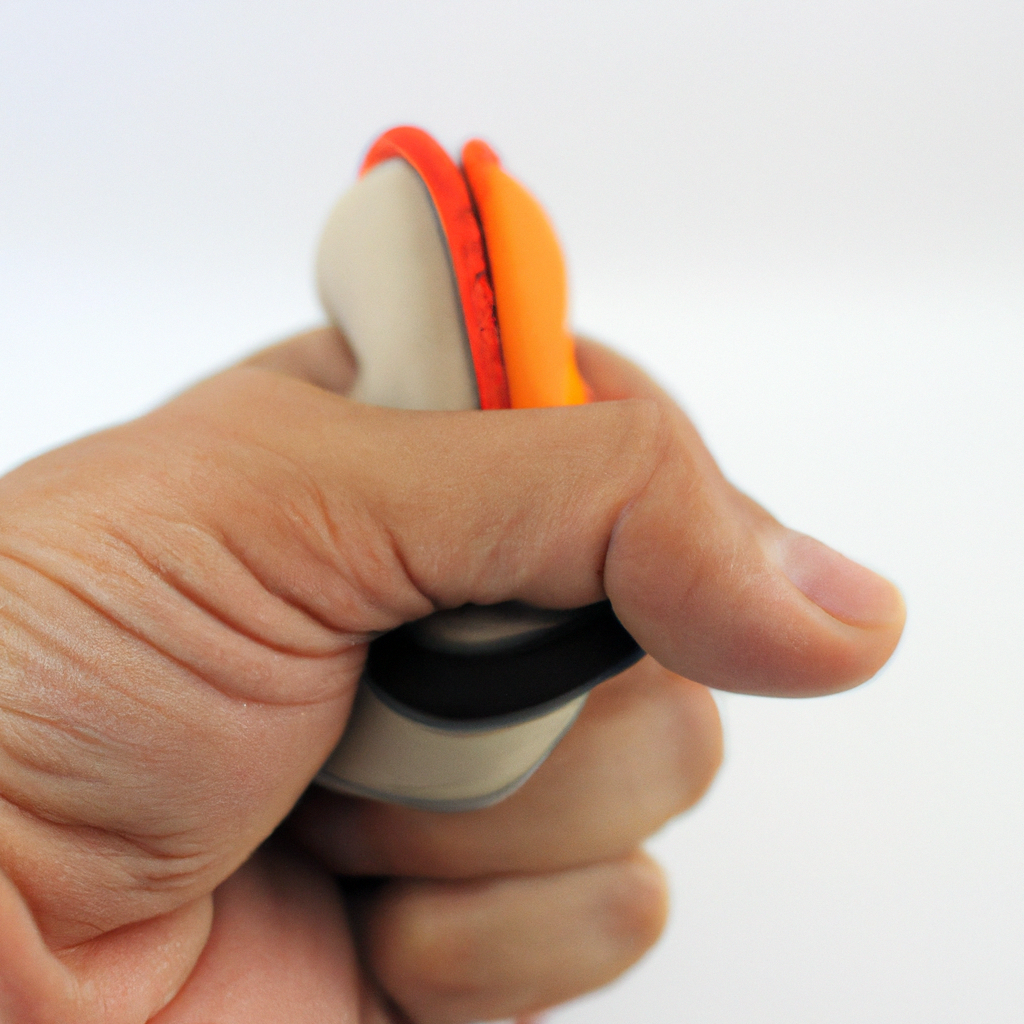Bollinger Band Squeeze Technique: A Powerful Tool for Traders
Introduction
When it comes to technical analysis in financial markets, traders are always on the lookout for reliable indicators to guide their decision-making process. One such tool that has gained popularity among traders is the Bollinger Band squeeze technique. This technique, based on the Bollinger Bands indicator, helps identify periods of low volatility and potential breakouts. In this article, we will delve into the details of the Bollinger Band squeeze technique and how traders can effectively use it.
Understanding Bollinger Bands
Bollinger Bands are a volatility indicator developed by John Bollinger in the 1980s. They consist of three lines plotted on a price chart: a simple moving average (SMA) in the middle, and an upper and lower band that represent a specified number of standard deviations away from the SMA. The distance between the upper and lower bands expands and contracts based on market volatility.
The Bollinger Band Squeeze
The Bollinger Band squeeze occurs when the distance between the upper and lower bands narrows, indicating a period of low volatility. This tightening of the bands suggests that a significant price move may be on the horizon. Traders often interpret the squeeze as a sign of an impending breakout, either to the upside or downside.
Identifying a Bollinger Band Squeeze
Recognizing a Bollinger Band squeeze involves monitoring the width of the bands. As volatility decreases, the bands will start to converge, resulting in a narrower range. Traders can use a variety of methods to identify a squeeze, such as visual analysis or employing specific technical indicators like the Bollinger Bandwidth or Keltner Channels.
Using the Bollinger Band Squeeze Technique
Once a Bollinger Band squeeze is identified, traders can employ various strategies to capitalize on potential breakouts. Here are a few steps to consider:
Step 1: Confirm the Squeeze
Before taking any action, it is crucial to confirm the Bollinger Band squeeze. Traders can use additional technical indicators or chart patterns to validate the squeeze and increase the probability of a successful trade.
Step 2: Set Entry and Exit Points
Once the squeeze is confirmed, traders should determine their entry and exit points. Some traders prefer to enter a position when the price breaks above or below the bands, while others wait for a confirmation candlestick pattern. Similarly, setting a stop-loss order is essential to manage risk and limit potential losses.
Step 3: Monitor Volume
Volume can provide valuable insights during a Bollinger Band squeeze. Traders should pay attention to volume patterns, as a surge in volume often accompanies a breakout. High volume can confirm the strength of a breakout and increase the trader’s confidence in their position.
Step 4: Manage Risk
As with any trading strategy, risk management is crucial. Traders should consider position sizing, diversification, and the use of appropriate risk-reward ratios. It is essential to have a plan in place to exit the trade if it does not go as anticipated.
Conclusion
The Bollinger Band squeeze technique is a powerful tool that can help traders identify potential breakouts in the market. By understanding the concept of Bollinger Bands and how to recognize a squeeze, traders can effectively use this technique to make informed trading decisions. However, it is important to remember that no indicator or strategy is foolproof, and proper risk management is always necessary. With practice and experience, traders can harness the power of the Bollinger Band squeeze technique to enhance their trading strategies.



